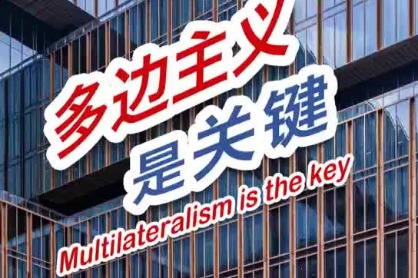Reflections on China's reforms

Where next?
In my view, China's reform can be divided into three phases: Market-seeking reform, roughly from 1978 to 1993; market-building reform from 1993 to around 2003; and market-enhancing reform from about 2003 onwards.
The first phase saw a genuine search for the right economic institutions for China. Informed by reforms in Eastern European countries under communism, reform concentrated largely on microeconomics, to some extent with a neglect of macroeconomics, and the highly volatile growth rate in the 1980s bears witness to that. It was a genuine search for which elements of a market economy would work in China, and which ones would be politically acceptable at the time-household responsibility system, dual pricing, TVEs, and special economic zones for foreign investment.
The 1993 Decisions of the Third Plenum of the 14th CPC Central Committee signifies the start of the second phase, as it laid out a comprehensive plan to build the institutions for a market-driven economy. These included a modern tax system, enterprise reforms, and a financial system that separated policy banks from commercial banks. The start of serious SOE reforms in the mid-1990s allowed those commercial banks to become truly commercial, and housing and (urban) social security reforms followed. China's entry into the World Trade Organization not only served as a lever for those domestic reforms, but also ensured much greater competition in the goods market. The slashing of import tariffs made China far more competitive in exports, and made the country a viable platform for final assembly of Asia-based exports hitherto produced elsewhere. The inclusion of private property in the Constitution concluded the market-building phase.
This phase can be seen as the years in which the State left increasing room for the market. Private investment in the economy exploded and increased its share in the economy from less than 2 percent in 1992 to some 15 percent by 2003. In 1999, the Chinese government also consolidated all the industry-related ministries into the Ministry of Commerce and the Ministry of Industry and Information Technology.
Since then, reform has focused on what I would call enhancing the market. Its two main ingredients? A gradual expansion of the social safety net (pensions, healthcare, welfare), and a return of industrial policy. "Techno-industrial policy" had been on the defense after 1978 but re-emerged after former premier Zhu Rongji left office. The State Commission for Restructuring the Economic System was merged with the State Development Planning Commission in 2003 to form the National Development and Reform Commission. In 2006, the Medium-Term Strategy for Science and Technology was launched along with 16 mega projects, bringing industrial policy to the forefront. The global financial crisis, which prompted China to announce a large domestic stimulus, encouraged the policy, and State banks and SOEs were called to help policy implementation.
The 19th Party Congress and General Secretary Xi Jinping's report confirmed these policy directions: market-based allocation, a dominant role for public ownership, and a strong emphasis on industrial policies, and science and technology to achieve the goals of the "first phase of the New Era (2020-2035)" namely socialist modernization. With the new era, China seems to have found its distinct economic system, with markets and State ownership living side by side, and with industrial policies guiding the market. This system has its own complexities and issues. However, those who thought that "crossing the river" would lead to a familiar market economy similar to those found in the Organization for Economic Cooperation and Development member countries may want to think again.
The author is the World Bank's country director for China.
































